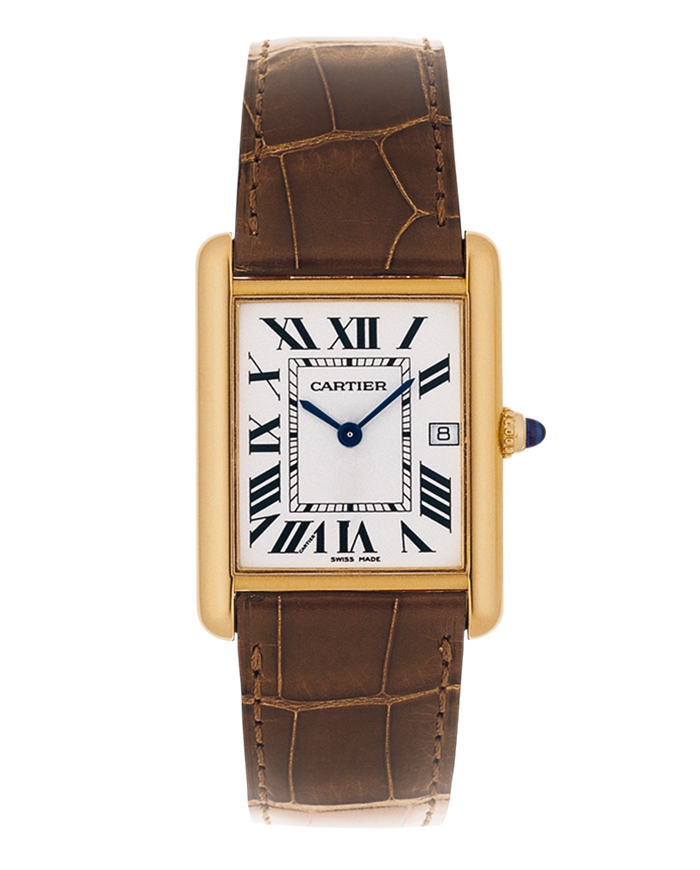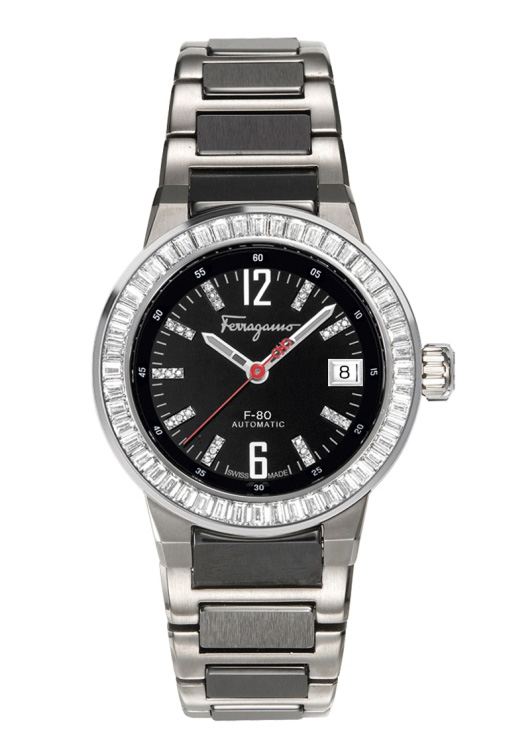<! – Skip a Line – >
<! – Skip a Line – >
by Adrian Herscovici
Taking Shape: Watch Case Basics
A watch case, simply described, is a container that houses a watch’s significant components: namely, the movement and its many parts. The case protects these vital workings from dust and moisture, and it assists in shielding the movement from the bumps of daily wear.
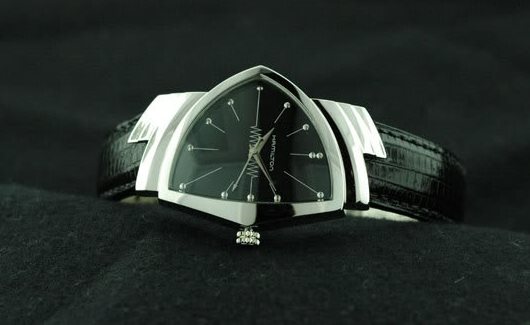

From this simple purpose, the watch case evolved into more than a protective shell. Through innovation, watchmakers found reliable and efficient solutions to deal with the elements, and so they turned more attention toward perfecting case-finishing techniques – the sort of detail-oriented work that, at one time, was limited to movement decoration.
In The Beginning
By default, the earliest wristwatch cases were round – round because that was the shape of pocket watches, and when watches made the transition from pocket to wrist, they were merely pocket watches fashioned into wristwatches. Round is still the most ubiquitous shape as it provides the best space to display analog configurations.
Besides round, the most common case shape is rectangular. Popular variations include tonneau (barrel shaped) and cushion (pillow shaped or rounded square). Some watchmakers go in completely new directions – check out the asymmetrical Hamilton Ventura or any watch by the brand MB&F – but in general, most watch cases are based on one of the two rudimentary forms.
| Round Shaped Versace DV One |
Tonneau Shaped Louis Erard GMT |
Cushion Shaped Viceroy Communion |
||
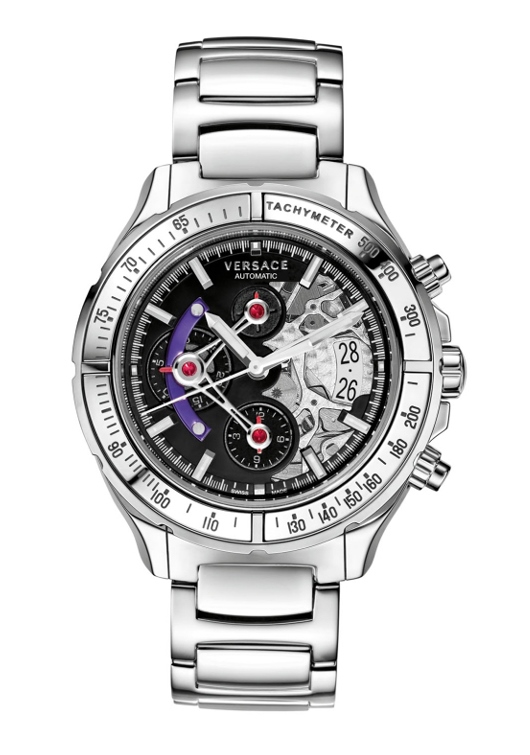  |
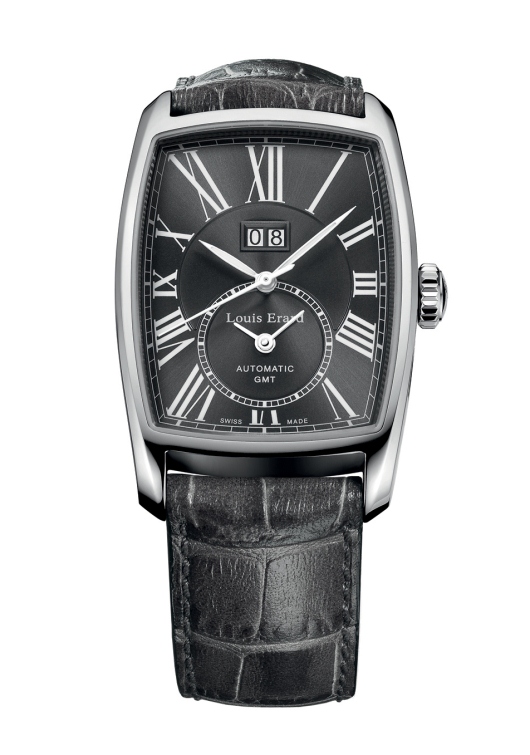  |
  |
||
| Click to Enlarge Image | Click to Enlarge Image | Click to Enlarge Image |
Some watch cases are icons in their own right. The innovative Rolex Oyster is known the world over; Cartier’s Tank, released in 1917, is unmistakable, as is the legendary Reverso by Jaeger-LeCoultre. Every watch brand hopes to achieve this sort of lasting success – great design, after all, never goes out of style.
The Modern Era
While case shapes remain more or less consistent, size is on the rise. Contemporary watches are quite large, around 42 mm in diameter on average. By comparison, watches of the mid-20th century usually maxed out at around 34 mm. Now it is not uncommon to see watches that are 45 mm or larger.
Cases were originally made from metals, especially steel and gold. Today, plastic is used to make a majority of watch cases, since it is durable, lightweight and inexpensive. Applied coatings such as PVD, DLC and IP are also popular. For higher-end watches, stainless steel is the standard along with an array of precious metals, unique alloys – and even ceramic. Watch cases made from prized metals such as gold or platinum are more exclusive and therefore more expensive.
Excluding mechanical watch collectors and other purists who treasure the centuries-old practice of watch-movement decoration, the appearance of the case is, for many, the reason to buy a watch, since watches today are for fashion as well as function. And while it may be difficult to imagine a new shape finding a permanent place in the watch spectrum (and on our wrists), it is perhaps more rash to underestimate that our forward-zooming, information-toting selves won’t find need or want of something else in the ongoing quest to be original and to stay one step ahead.
About Gevril Group


Join the conversation! Follow Gevril Group on Facebook, Twitter and LinkedIn.
Please subscribe to the Gevril Group newsletter and blog digest.



